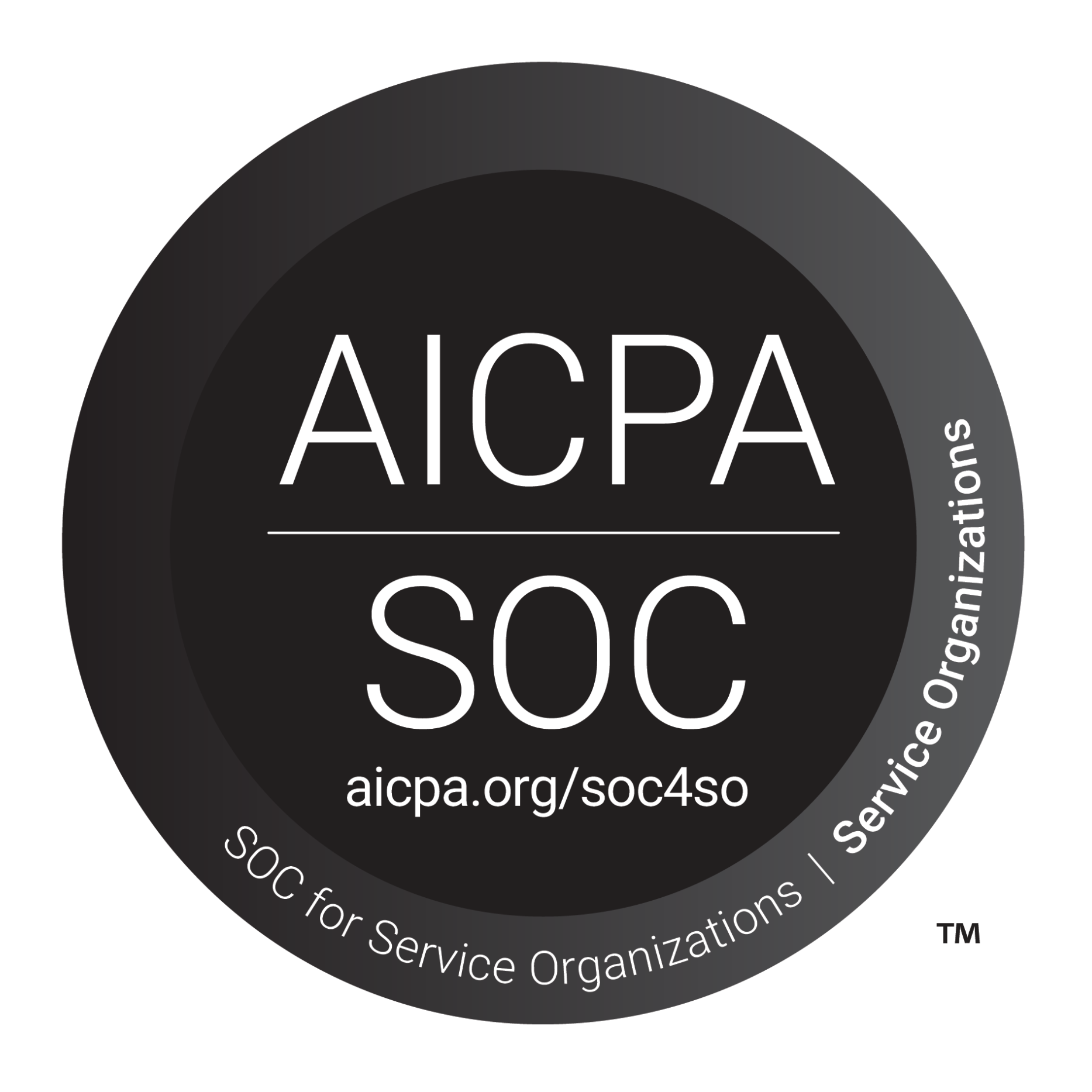Software Architectural Choices & Trade-offs at CoverTree
At CoverTree, we believe manufactured home insurance should be easy, modern, and affordable. So that’s the way we made it. Unlike other providers, we only cover manufactured homes. It’s our one and only specialty. And because we’re so focused, we do it so much better.
To support our offerings in a robust and reliable manner, we are continually building technology products with a great mix of modern architecture, a great engineering culture, and time-tested yet constantly evolving processes. Whereas we’re proud of our engineering and software architecture, we believe that the essence of this success lies in a continuous evolution and improvement in our technology choices.
We are very excited to launch this new series of thought leadership articles that offer a glimpse into our technology, its future, and its evolution. And, in this article, we’ll take a quick glimpse into the architecture considerations for CoverTree’s software suite and describe how we evolved from the point zero, making architectural choices considering all the potential options and their respective trade-offs.
Primary Design Principles
- Scalability: Design the architecture to handle varying loads efficiently, ensuring that it can scale seamlessly with demand.
- Resilience: Build fault-tolerant systems that can recover quickly from failures without affecting the user experience.
- Cost Optimization: Utilize serverless services to minimize infrastructure costs and pay only for the resources consumed.
- Security: Implement robust security measures to protect sensitive customer data and ensure compliance with regulations like SOC2 and ISO 27001.
- Flexibility: Design modular and decoupled components to facilitate easier maintenance, updates, and future enhancements.
Brief Overview of Architectural Components at CoverTree
Considering the above principles, we decided to draft our engineering and product building roadmap with the following primary workloads
Marketing website: Covertree.com is our marketing website that leverages the popular CMS, WordPress, hosted using AWS LightSail and therefore is able to leverage the built-in security and performance enhancement mechanisms native to AWS.
D2C (Direct to Consumer Portal): The portal, as the name suggests, allows the customers to apply for a policy, view quotations, and finally purchase policies.
Policy Admin System: The policy admin system is the core insurance system, a system of record for the entire policy lifecycle.
Agent portal: The agent portal enables the internal and external insurance agents to sell policies to the end customers
Risk Identification services: There are numerous risk identification services that allow us to fetch and compute the risk associated with an insurance application. Our systems listed above integrate with these 3rd party services to retrieve risk data that’s fed to our proprietary algorithms to accurately calculate the risk.
Options and Trade-offs
1. Direct-to-Consumer (D2C) Portal:
– Option: Use AWS Lambda functions for backend logic, Amazon AppSync for GraphQL, Amazon S3 for static content hosting (like HTML, CSS, and client-side JavaScript), and Amazon DynamoDB for storing user data.
– Trade-offs: While serverless is highly scalable and cost-effective, cold start latency of Lambda functions might be a concern for real-time interactions. Ensure proper caching mechanisms to mitigate this.
2. Policy Administration System:
– Option: Implement a serverless microservices architecture using Lambda functions, Amazon SQS or Amazon SNS for asynchronous communication between services, and Amazon Aurora Serverless for relational database needs.
– Trade-offs: While serverless databases like Aurora Serverless offer scalability and cost savings, they might introduce latency compared to traditional databases. Ensure proper indexing and query optimization for performance.
3. Agent Portal:
– Option: Utilize AWS Cognito for authentication and authorization, AWS AppSync or AWS API Gateway for GraphQL or RESTful APIs, and AWS Lambda for backend business logic.
– Trade-offs: Agent portals may have higher usage patterns and require real-time interaction, which could lead to increased costs due to higher Lambda invocations. Design efficient data fetching strategies to minimize overhead.
4. Integration with External Services:
– Option: Leverage AWS Lambda to orchestrate interactions with external services like Google Places via HTTPS requests or through AWS SDKs.
– Trade-offs: External service dependencies might introduce network latency and potential points of failure. Implement retry and circuit breaker patterns to handle transient errors and ensure reliability.
5. Risk Identification Services:
– Option: Utilize AWS Lambda for running risk assessment algorithms, integrating with third-party risk assessment APIs, and storing results in DynamoDB or Amazon S3.
– Trade-offs: Depending on the complexity of risk assessment algorithms and data processing requirements, consider the potential impact on Lambda execution time and associated costs. Optimize algorithms and leverage caching where applicable.
6. Infrastructure as Code (IaC) and DevOps:
– Option: Use AWS CloudFormation or AWS CDK (Cloud Development Kit) for defining infrastructure as code and automate deployment pipelines using AWS CodePipeline and AWS CodeBuild.
– Trade-offs: While IaC streamlines infrastructure provisioning and promotes consistency across environments, there’s an initial learning curve and overhead in managing the infrastructure codebase.
By carefully considering these options and trade-offs while adhering to the primary design principles, we architected a robust, scalable, and cost-effective serverless set of solutions for CoverTree. We hope you enjoyed this first article in the series of our engineering blog and expect you to stay tuned for reading more such insights going forward.
As we are continuing to build newer, better insurance products backed up by our technology, our software architecture and tooling choices are constantly evolving as well. We’re running at a rapid pace to ensure our customers receive the best customer experience at every touchpoint with CoverTree, whether it’s during our marketing, sales, or service. The same applies to all our partners, employees, and stakeholders as we truly believe that our technological success is always determined by the success of people in the CoverTree ecosystem.
More Articles
May 9, 2024
How to Make Your Manufactured Home More Energy Efficient
February 26, 2024
Need a Change of Scenery? Here’s What You Need to Know About Moving Your Manufactured Home
February 26, 2024

